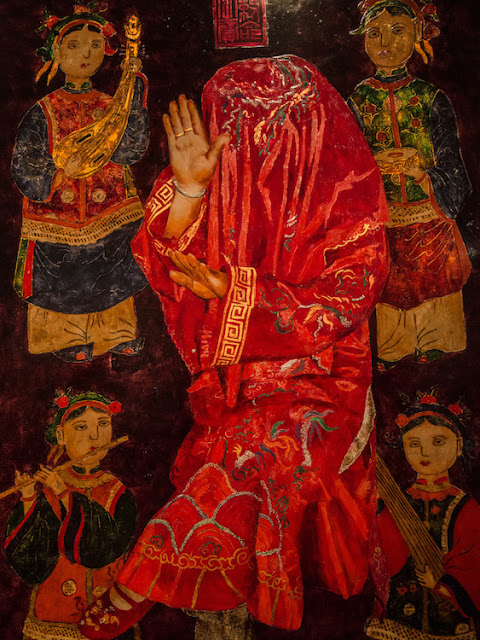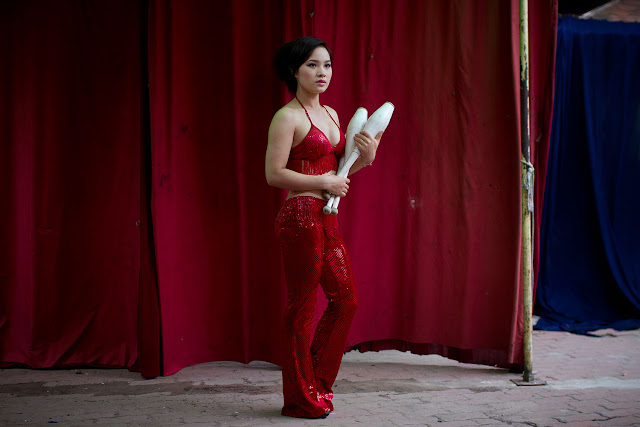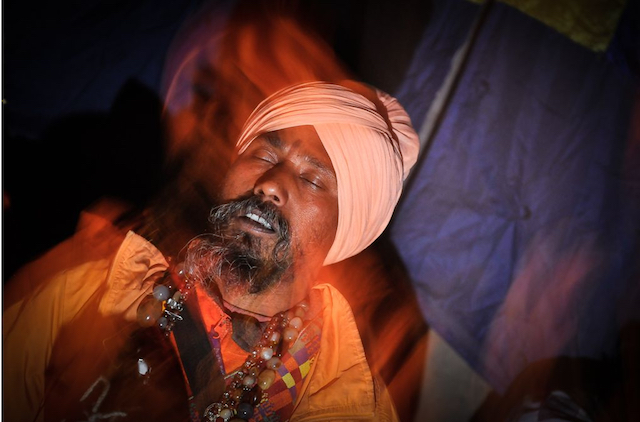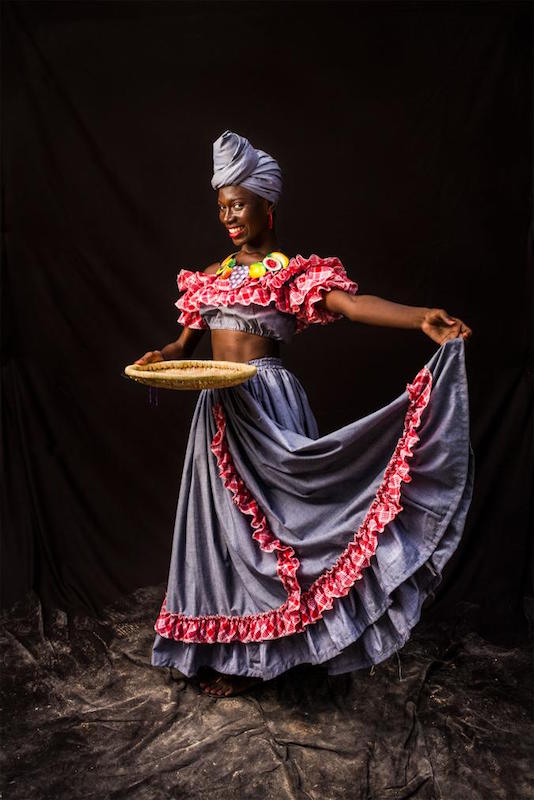Short Break In Tokyo And Beyond
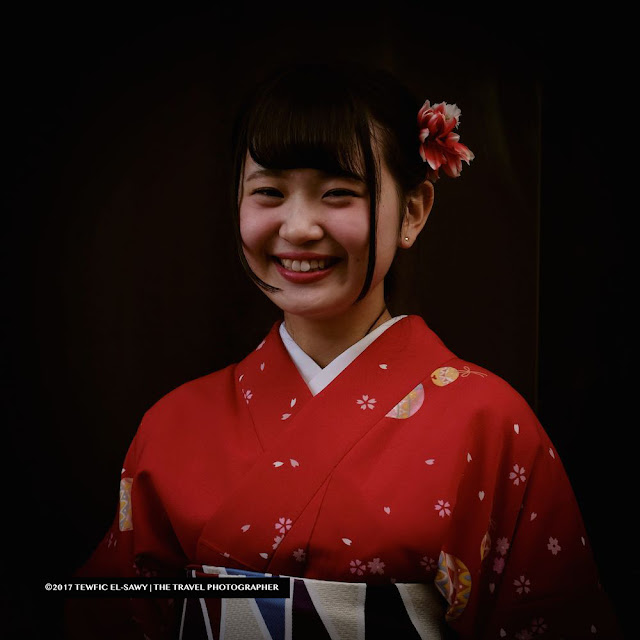
It's thrilling -and sometimes disconcerting- to be in a country that is totally both new and so different in its complexities. That said, the politeness and kindness of the Japanese are heartwarming and dispel the presumption of stiffness and formality. The young lady in her rented kimono at the Sensoji Temple in Asakusa is emblematic of the youth of this fascinating society. I will try to post as the days go by....however at a lower frequency than usual.
